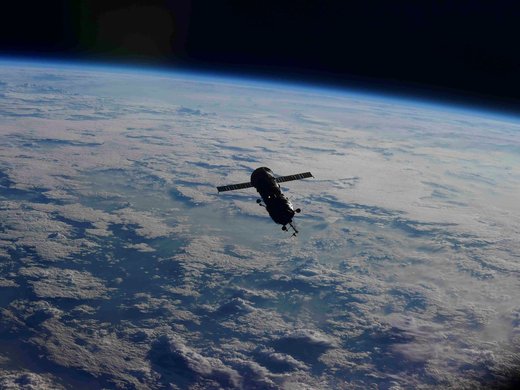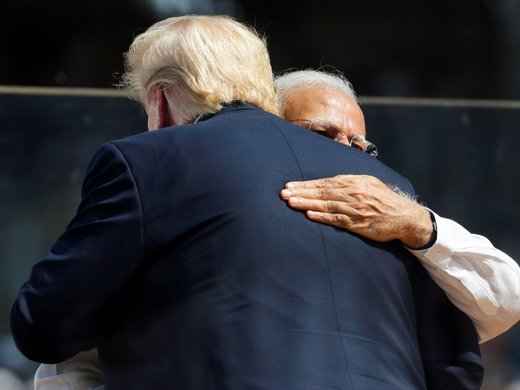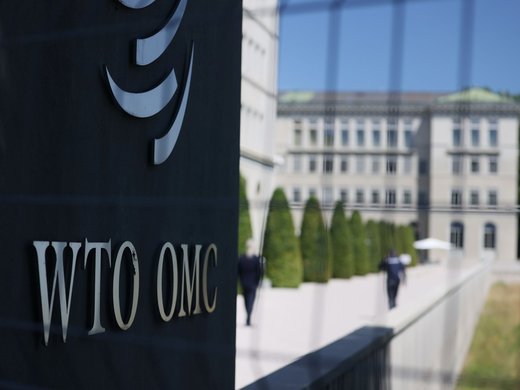Thousands of years old and 24 years young, the five countries that make up Central Asia continue to struggle with stability and sovereignty.
Nomadic or semi-nomadic cultures combined with over seven decades of communism strengthened their secular tendencies. Former empires pushed up against them vying for control and, more to the point, access. Landlocked — surrounded by China, Pakistan, Afghanistan, Iran, Azerbaijan and Russia — the nations of Central Asia have long known their value to the outside world, in terms of resources and as the land bridge between East and West.
Central Asia has long suffered for being at the centre of a crossroads. However, the stakes are higher now — not just for them, but for all of us.
Technology and infrastructure, from rail to pipelines, have now made the land bridge in Eurasia possible. This is a modern Silk Road, where commodities, goods, people and ideas move faster than ever before — in a region where institutional security governance and cooperation still have a long way to go. What passes through Central Asia can go anywhere at all, including Canada.
These five countries — Kazakhstan, Kyrgyzstan, Tajikistan, Uzbekistan and Turkmenistan — do not wish to be seen as part of a renewed Great Game, where their destiny is managed by others. As independent countries, they wish to drive their own ambitions with both old and new partners, bilaterally and internationally. Multi-ethnic, multi-religious, home to 66 million people and their secular governments — this region is now seeing a new momentum for change.
Engagement in the region is a good policy for Canada. But engagement needs to be strategic. The solutions for managing the new risks are neither easily defined nor easily found. The challenges are many and complex. In addition to existing security concerns — Afghanistan, Islamic State and homegrown radicalization – there are the problems of drug trafficking and the peaceful management of resources across boundaries. As we all know, threats that erupt in one part of the world seldom stay there.
In Central Asia, Canada is uniquely placed to play a stronger role. Canada offers a model of safety and security for both domestic governance and multilateral co-operation that is particularly attractive to Central Asia. Furthermore, Canada has deeper ties to the region than one might expect: significant economic investments and a long history of quiet but steadfast diplomatic engagement on the ground. There is much for the new federal government to focus on, given its renewed commitment to engage in and with the world. Central Asia should feature more prominently in this new push.
We need to listen to what the region’s security concerns and priorities are. Some in Central Asia have started describing their situation as “acute”. Under the auspices of the Centre for International Governance Innovation (CIGI), Canadian experts recently were on the ground reviewing our own models and approaches in anti-terrorism, human and drug trafficking, energy and nuclear security, as well as transboundary water management. This is a first — but we cannot do it alone, nor can any one model be imposed. This is the time for steadfast partnerships driven by the Central Asian community.
There is a need to engage at senior levels in an integrated fashion. The United States, Japan and the EU have recently begun the Central Asia “5 plus 1” discussions. This is a process whereby the Central Asian countries, perhaps for the first time, are engaging as one with key global partners. Canada can and should be a pivotal ‘plus 1’ in the future of the region. There are many pressing global priorities; this is one of them.


